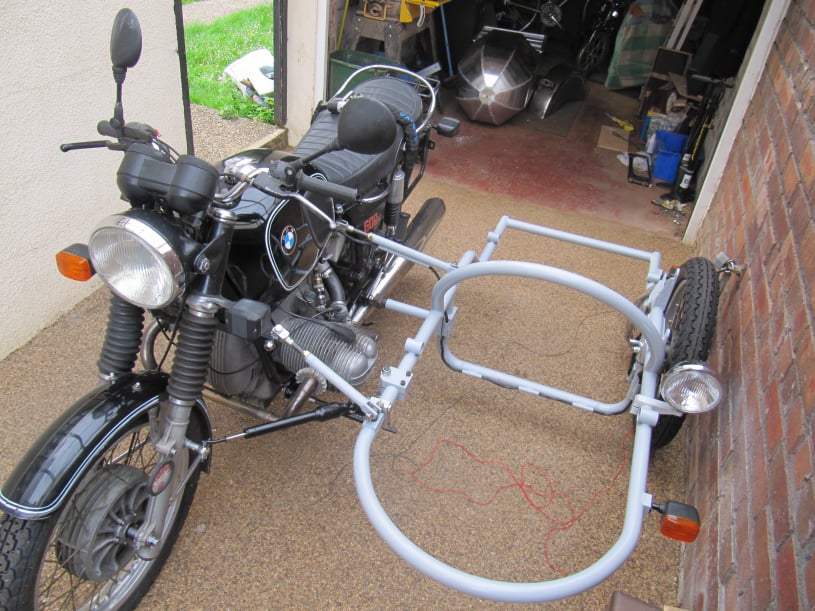
Building the Sidecar Frame
The frame was made from 38mm diameter tube with a 2mm wall thickness.

The frame was made from 38mm diameter tube with a 2mm wall thickness.
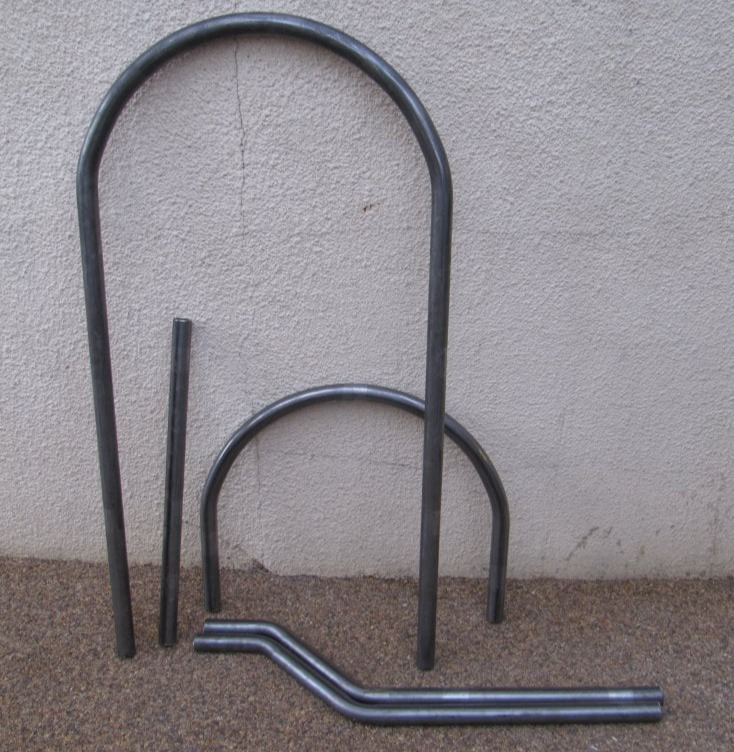
Parts were formed by JMR Section Benders in Essex.
The 'S' bends and front ring-rolled hoop had to be made in separate parts and joined with an inner sleeve.
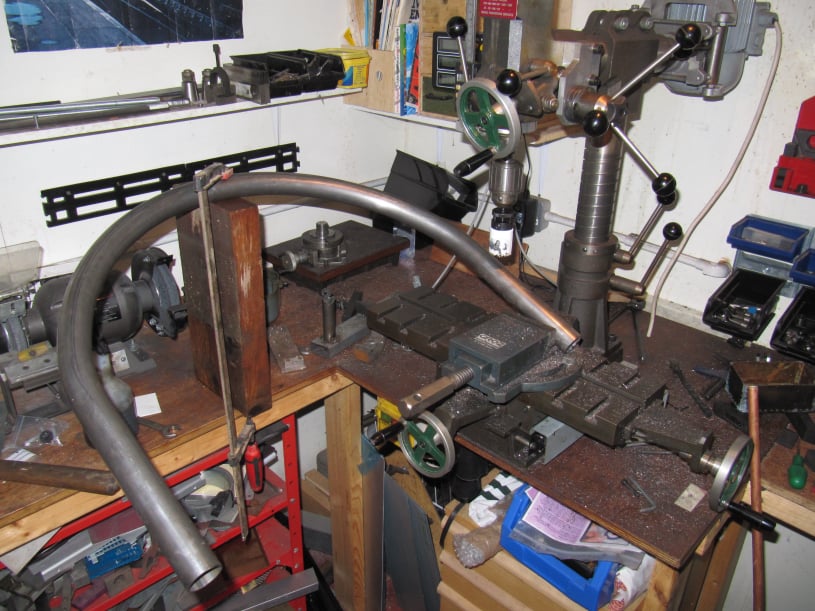
The ends of the tube notched on the milling machine with a 38mm hole cutter...
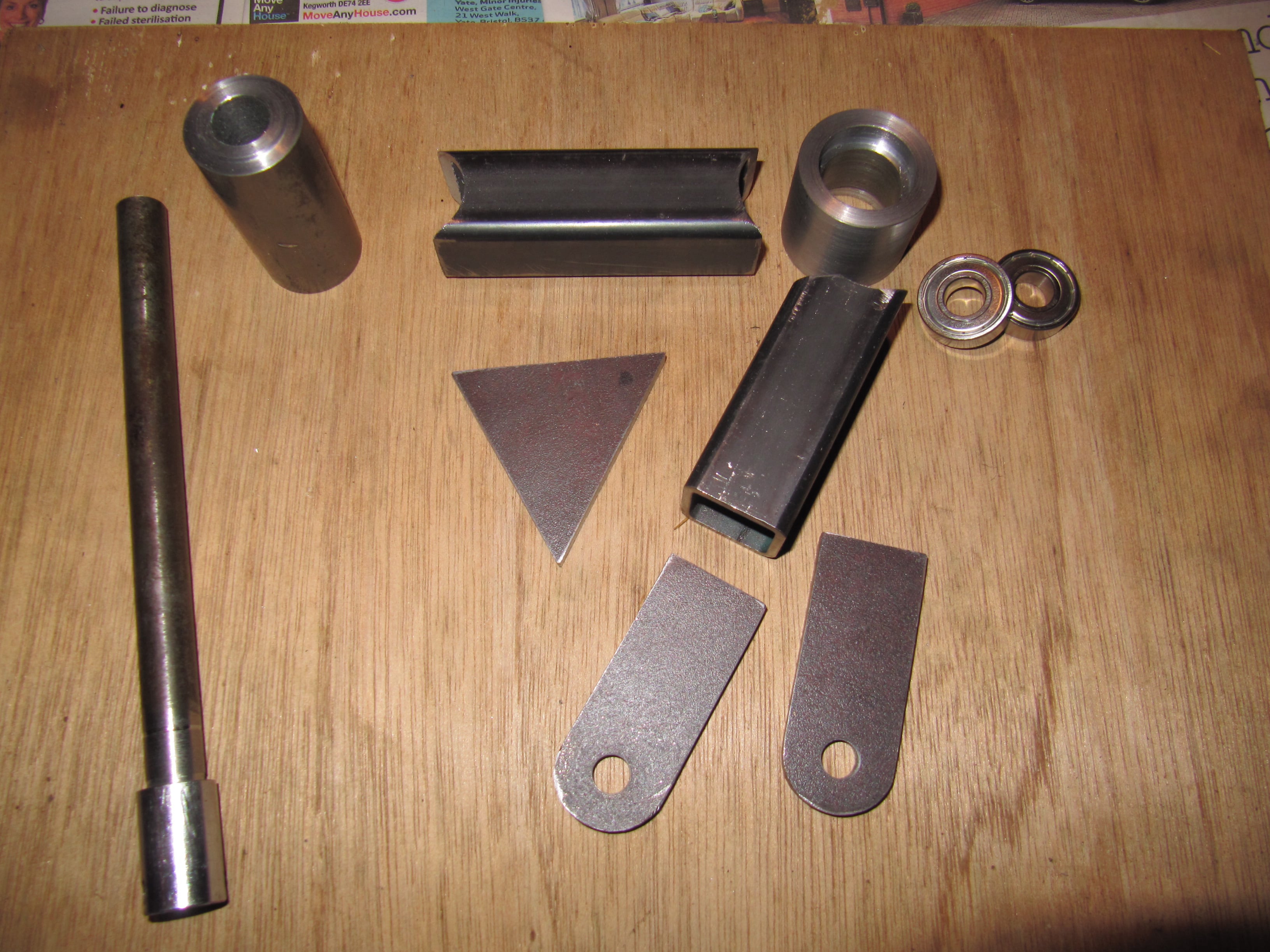
Suspension crank parts were made up from box steel and 5mm plate. The bush parts were based around the wheel axle and some bearings chosen for the pivot.
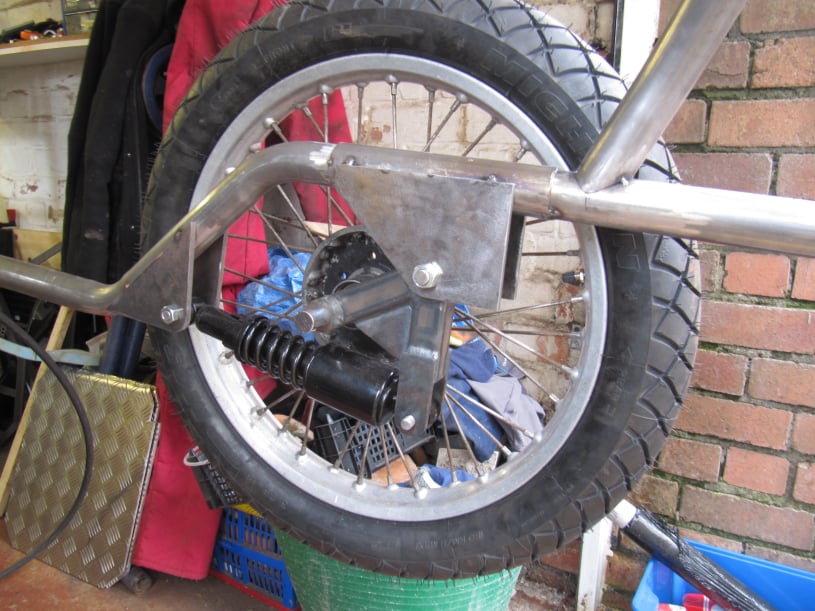
The frame and suspension components were tack welded in place as per the CAD plan.......
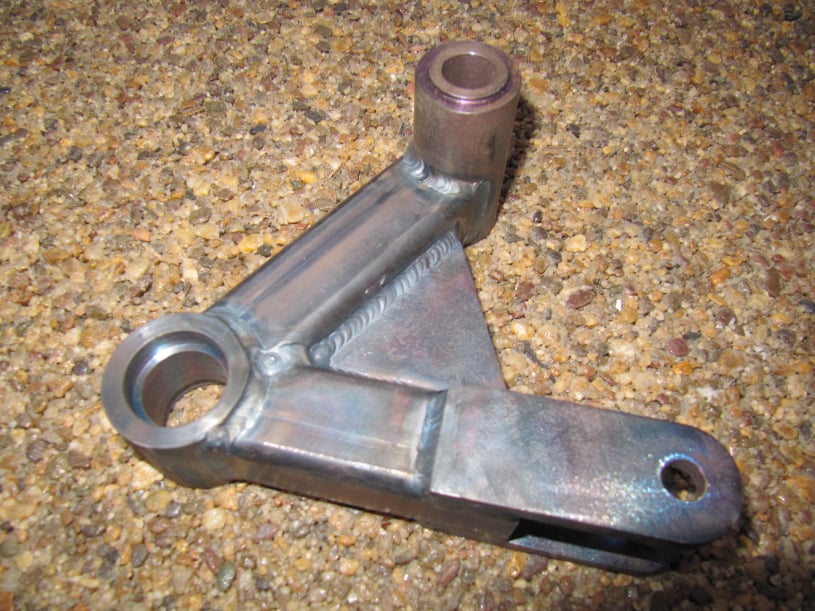
...and then given to a professional welder for joining.
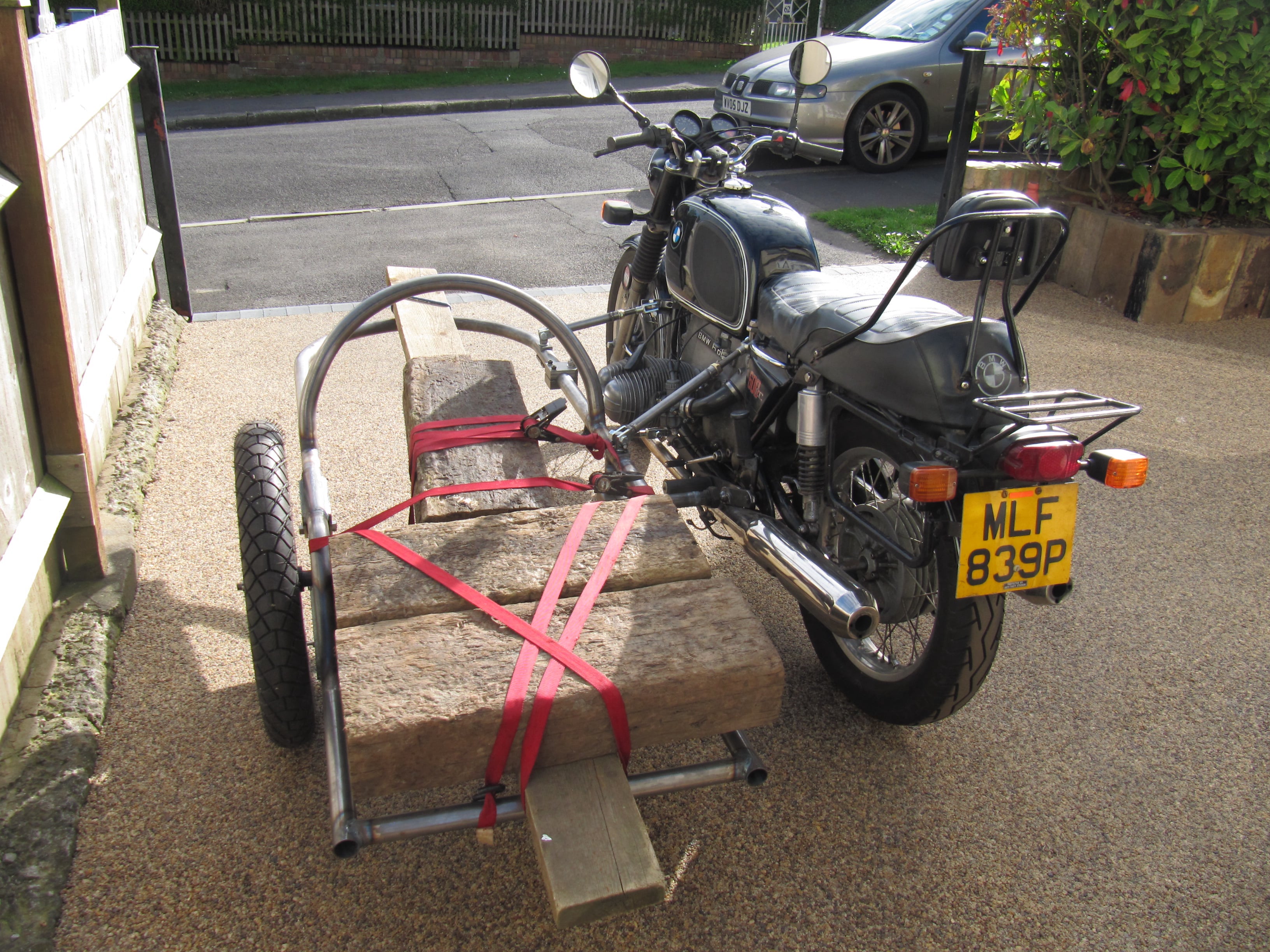
The sidecar frame was weighed in at 24kgs. So 48kgs of ballast was added to bring the weight up near the final design target. Once the attachments had been made, a road test was conducted, the only problem being a steering oscillation at low speeds.
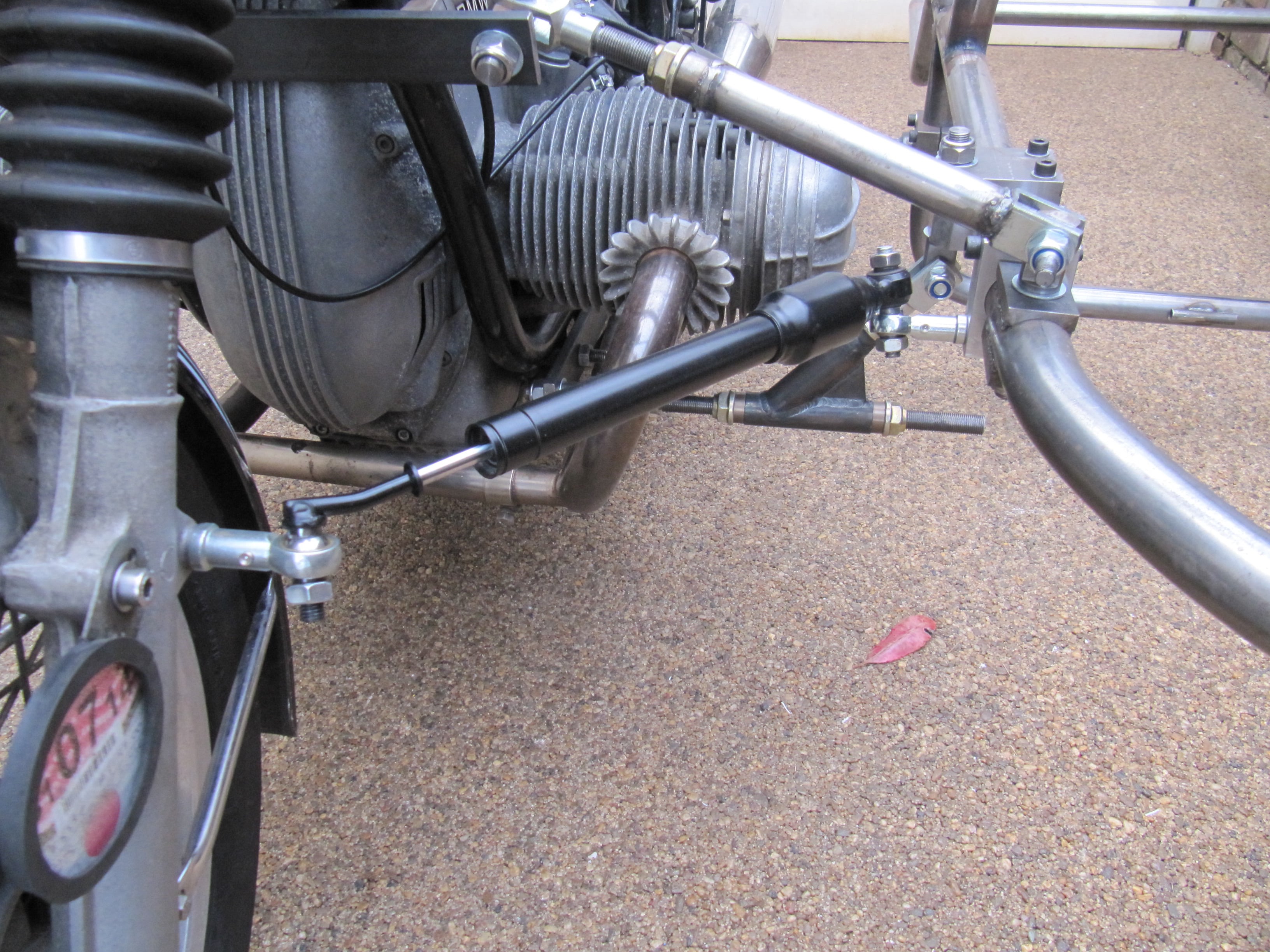
The steering wobble was addressed with the addition of a steering damper from a VW Beetle. It was connected to the sidecar frame at one end and one of the front mudguard bolts at the other. Rose joints were needed at both ends to accommodate the suspension travel and the changing angles as the bike steered.
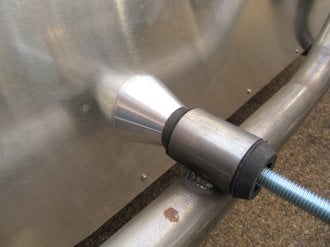
When the bodywork was available for a test fit, the mountings were made. These were off cuts of 38mm frame tube, notched and welded into place. LandRover shock absorber rubbers were used to sit inside these mounting and an insert was machined to take a 12mm bolt.
Aluminium cones were machined to space the bodywork from the frame.
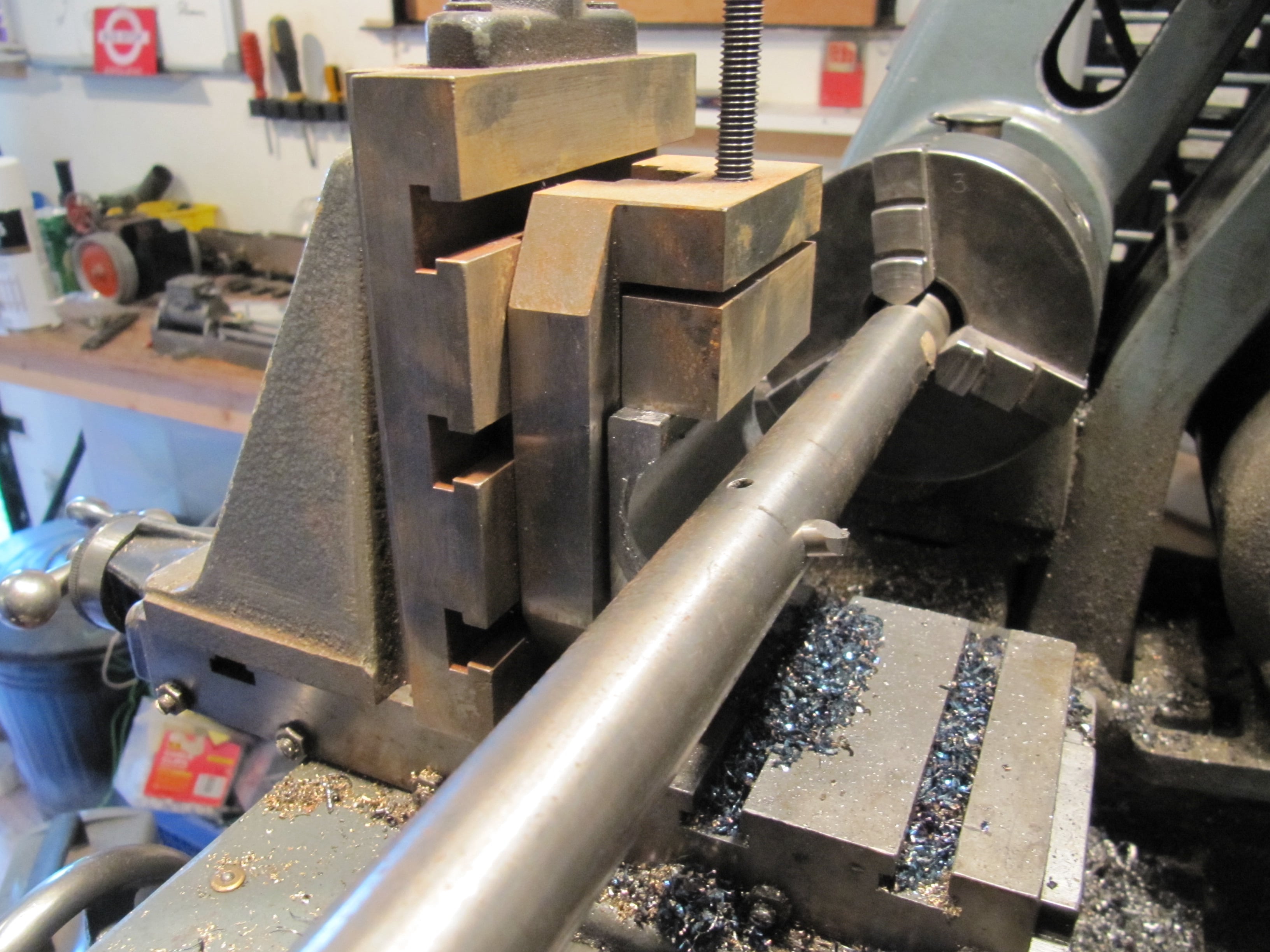
All the frame mounting points were reinforced by boring some thick plate to the same diameter as the frame tube.
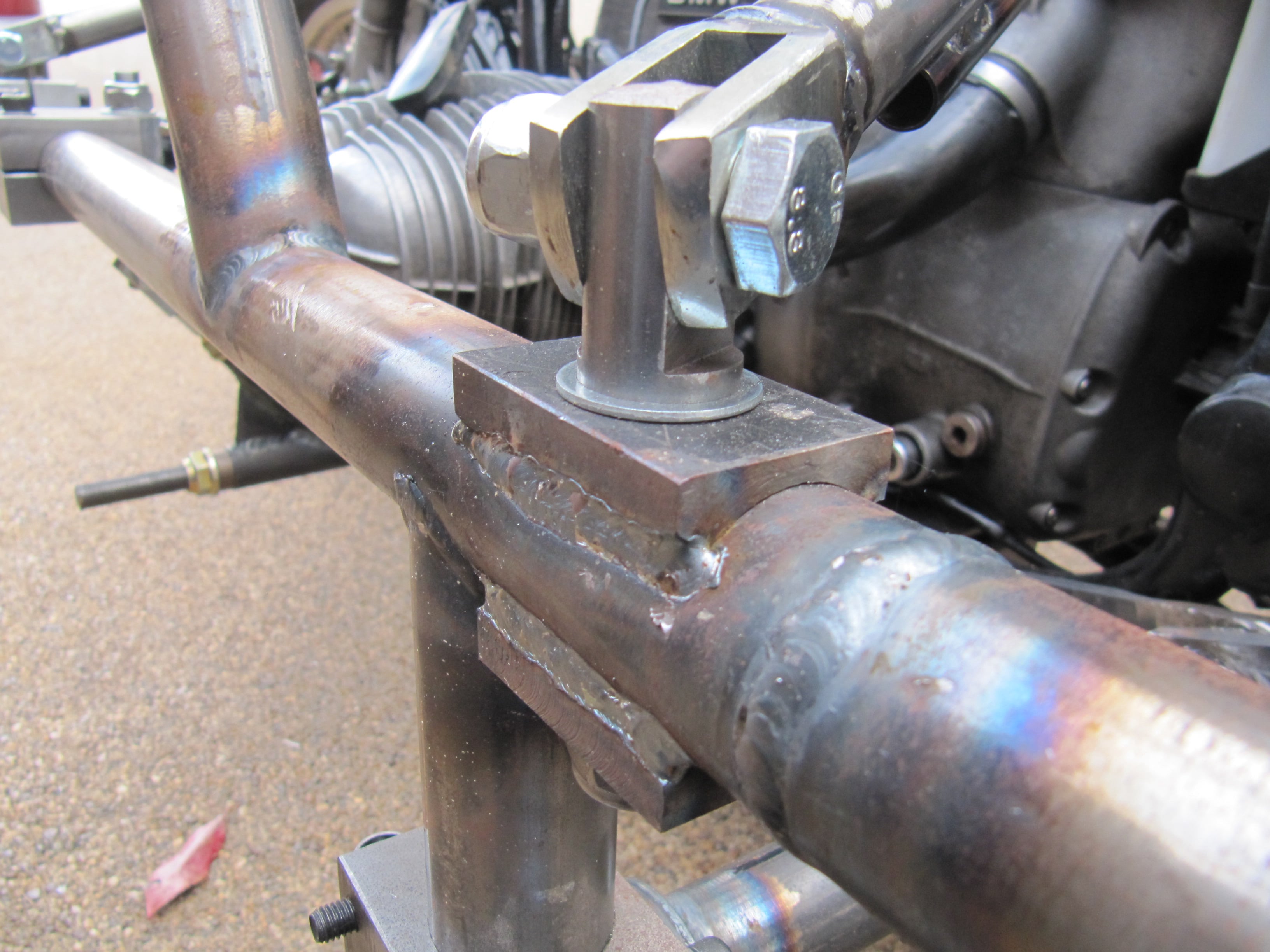
Reinforcing plates were were used top and bottom and drilled through to take the eye bolts.
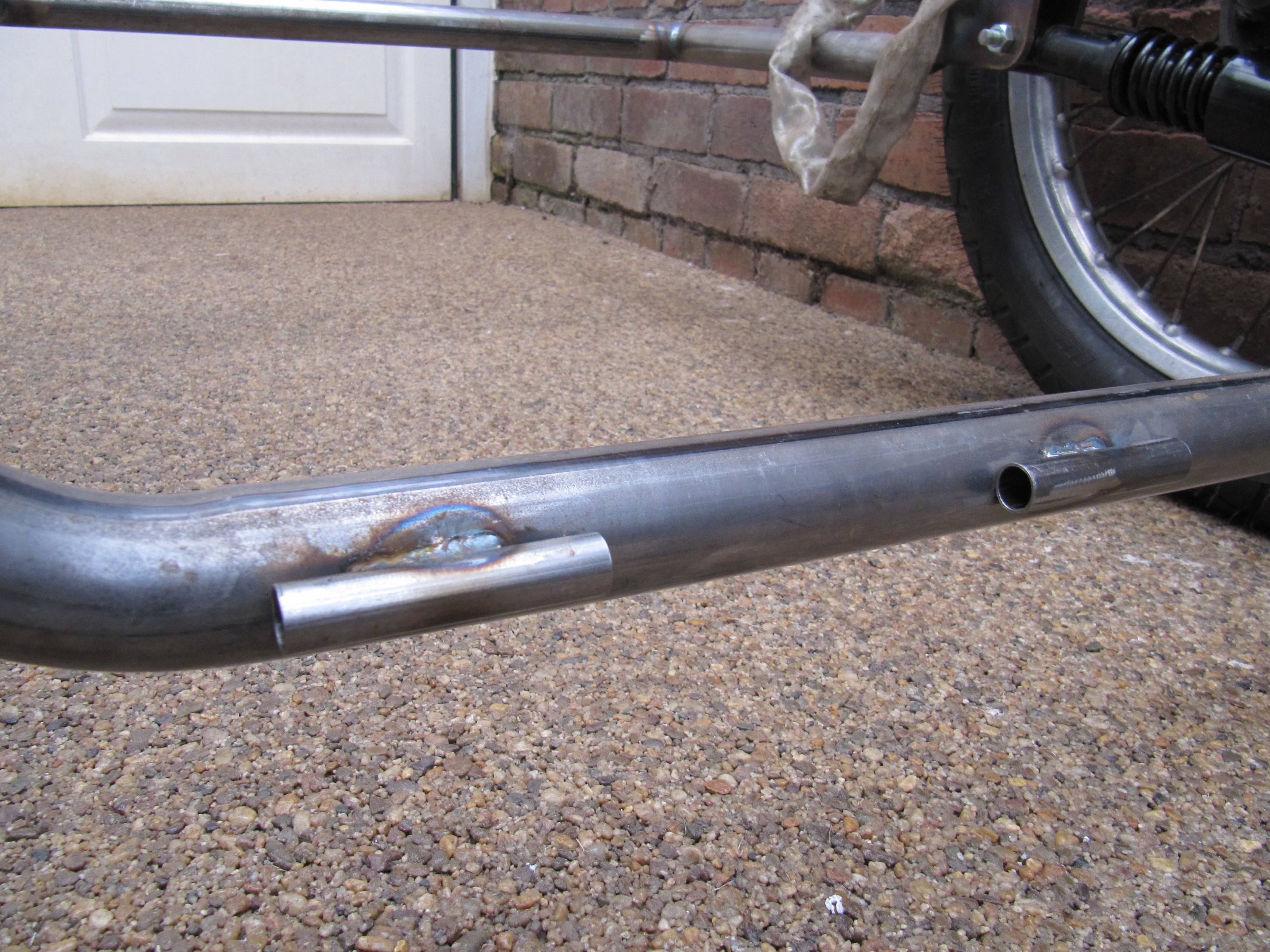
Guide tubes were mounted at strategic points, to route the wiring loom under the bodywork.
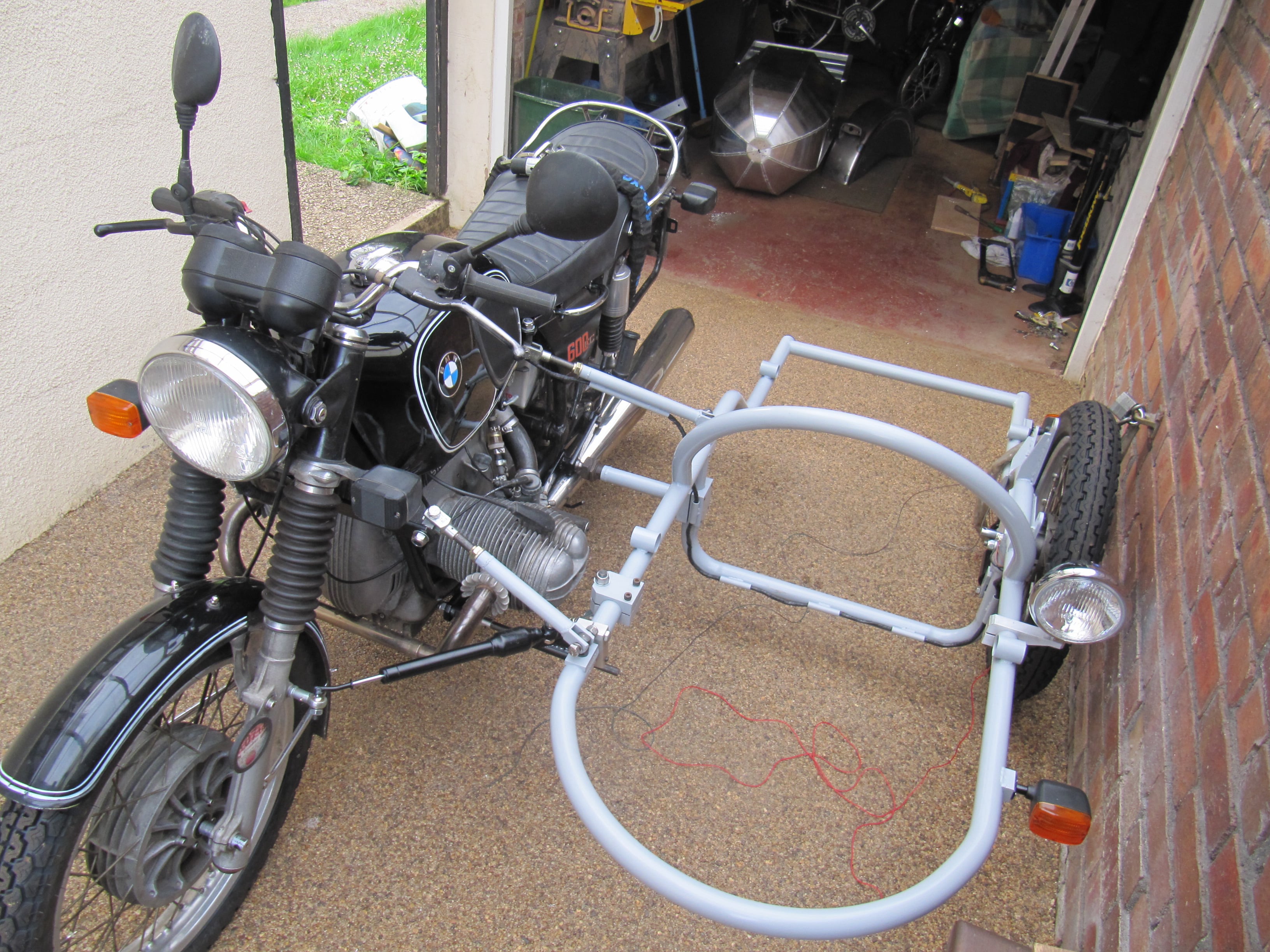
The finished frame was power-coated in a light grey, to contrast with the proposed black bodywork.
Drag & Drop Website Builder